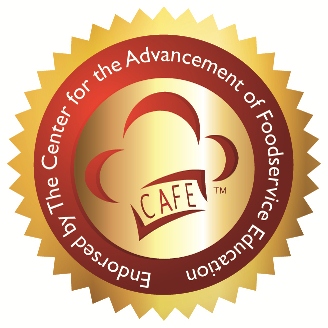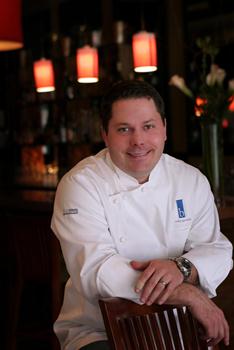Green Tomato: Putting Their Money Where Their Mouths Are
How much more are consumers willing to pay for sustainable cuisine?
Consumers want and need to eat out, and the foodservice industry has a huge carbon footprint. Getting industry operators and consumers on the “green” bandwagon is necessary to minimize the impact that restaurants have on the environment in the future. But how willing are patrons to embrace this change?
According to a recent Mintel report, just more than half (57%) of respondents are willing to pay more for local and sustainable fare; however, the majority of those are only willing to pay a mere 1% to 5% more.
“Green and sustainable attributes pale in comparison to the leading restaurant decision drivers of menu selection, prices and convenient location,” says Eric Giandelone, foodservice director at Mintel. “However, these initiatives support the leading attributes to help a restaurant stand apart and will become more important as the green movement continues to progress.”

 The Center for the Advancement of Foodservice Education (CAFÉ) is pleased to award its Endorsement Program seal to the Idaho Potato Commission (IPC) Foodservice Toolkit, a comprehensive teaching resource.
The Center for the Advancement of Foodservice Education (CAFÉ) is pleased to award its Endorsement Program seal to the Idaho Potato Commission (IPC) Foodservice Toolkit, a comprehensive teaching resource. The Kendall College School of Culinary Arts announces the addition of Chef Eric Stein, MS, RD, to its faculty. As an instructor specializing in culinary nutrition, Stein brings a contemporary cooking style to Kendall that emphasizes nutrient-rich foods and global flavor profiles.
The Kendall College School of Culinary Arts announces the addition of Chef Eric Stein, MS, RD, to its faculty. As an instructor specializing in culinary nutrition, Stein brings a contemporary cooking style to Kendall that emphasizes nutrient-rich foods and global flavor profiles. Sullivan University’s National Center for Hospitality Studies (NCHS) honored Chef Colby Garrelts of bluestem Restaurant in Kansas City with the prestigious Distinguished Visiting Chef award on November 10. As recipient of the award, Garrelts presented on-campus cooking demonstrations, book signings and question-and-answer sessions held exclusively for Sullivan University students.
Sullivan University’s National Center for Hospitality Studies (NCHS) honored Chef Colby Garrelts of bluestem Restaurant in Kansas City with the prestigious Distinguished Visiting Chef award on November 10. As recipient of the award, Garrelts presented on-campus cooking demonstrations, book signings and question-and-answer sessions held exclusively for Sullivan University students. Of the three things you can manage—cost, quality and quantity—you can realistically only manage two. Or so thought the Institute for the Culinary Arts at Metropolitan Community College .
Of the three things you can manage—cost, quality and quantity—you can realistically only manage two. Or so thought the Institute for the Culinary Arts at Metropolitan Community College . From social networking’s impact on success to a greater emphasis on in-house rustic fare to save cost, Technomic predicts the biggest influences on U.S. restaurants next year.
From social networking’s impact on success to a greater emphasis on in-house rustic fare to save cost, Technomic predicts the biggest influences on U.S. restaurants next year. The CIA’s recent Worlds of Flavor® International Conference & Festival examined the casualization of fine dining.
The CIA’s recent Worlds of Flavor® International Conference & Festival examined the casualization of fine dining.